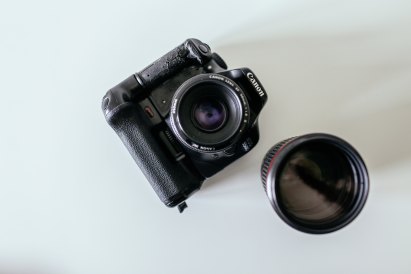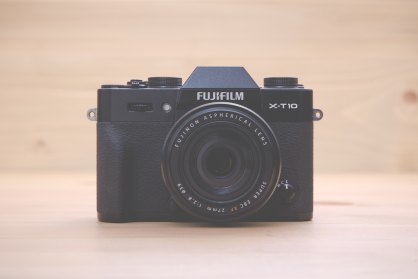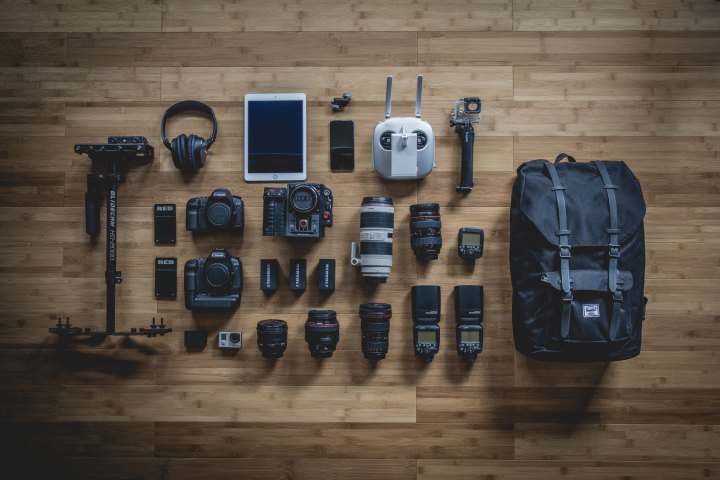You guys probably know by now that i’m a bit obsessed with cameras and technology and this post is hopefully going to help those that feel a bit overwhelmed with the amount and type of cameras available out there when they want to get a camera.
First of all I need to mention that in 90% of the cases it’s not really about the camera you have but the way you use it, and I know you guys heard this before a million times but I strongly believe is true and everyone should keep this in mind while searching for a new camera.
I’m going to break down the main 4 categories and hopefully by the end of this article you’ll have a clearer image of what you should look for next time you’re in a camera shop.
COMPACT CAMERAS

As the name suggests, they are small and compact so they can be stored/carried in small bags or even pockets. They are becoming more and more powerful in terms of the quality and features and you can also find very basic ones that will probably only have one automatic mode, while others come with a full set of manual ones as well.
They are usually ideal for travelling due to their size and most of them will provide quite an impressive zoom option (30-40 x). They also don’t need any other accessories apart from a memory card and maybe a tripod to make your photography game even better.
You can find some models here .
BRIDGE CAMERAS

These ones are also an ideal option if you want to go travelling, as they are really easy to use, packed with a full set of automatic options and some manual ones as well. What they excel at is usually the zoom power and most often they are a favourite for those photographing wildlife or needing a powerful zoom in their photos.
Though they tend to look like DSLR’s (which we’ll get to in a second), they don’t need extra lenses, because everything is built in. Imagine if a compact camera and a DSLR had a baby…it will be a bridge.
See the best ones here .
DSLR CAMERAS

They are what most people consider “Professional equipment”. The main thing to keep in mind about these cameras is that you have to get a lens with them as well as the main body of the camera. In most cases, they will come with something that most people call a “standard lens”, that is able to provide you with wide angle images as well as having the option to zoom in a little bit. They have a big sensor which will allow you to enlarge, crop or print them in large formats without losing quality.
Depending what you like to photograph, keep in mind that you can customise your kit getting the lenses that you’re going to use most often. Downside is that as times goes by your camera bag might get really heavy, but if that’s not an issue for you, GO FOR IT!
If you’re after a DSLR here’s a list with some top picks.
MIRORLESS CAMERAS ( CSC)

Also called CSC- compact systems cameras, they are preferred by those that used DSLR and want a lighter kit to carry around, or for those that want to have the option of changing lenses without having to break their back. As the name suggest they don’t have a mirror between the lens and the sensor which makes them smaller and lighter.
There are also 3 different types you can get, clasiffied by their sensor size : 4/3rd (Panasonic and Olympus) , APS-C (Fuji and Sony mainly, though there are some models produced by Nikon and Canon too) and even full frame (Sony). There is also a small amount of mirorless cameras with a 1 inch sensor that are very compact but do offer the possibility to change lenses.
Here you can find some popular models, though i do prefer the ones produced by Fujifilm.

Now that you have this extra information, what camera do you think will suit your needs? Also, would you guys like more in depth information about the camera sensor, different type of lenses and so on?


